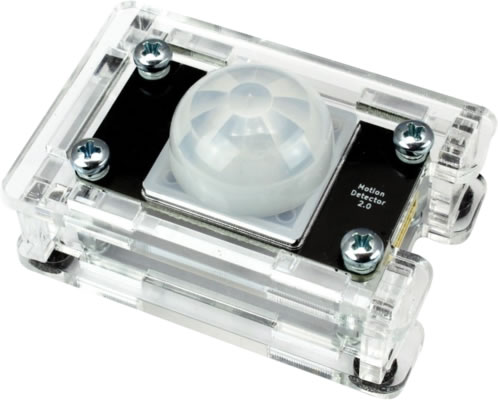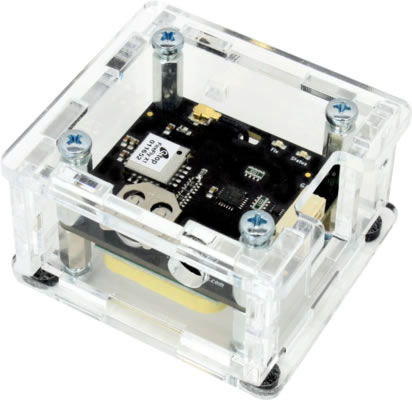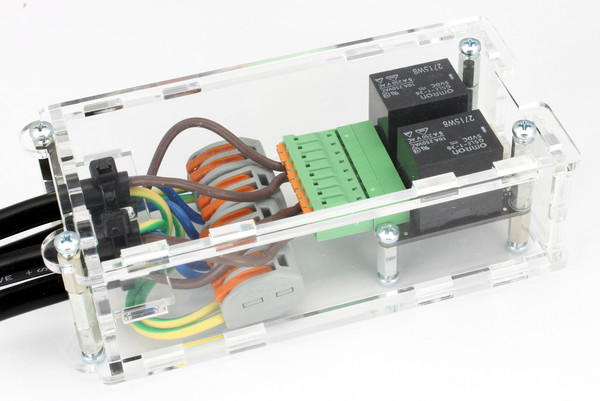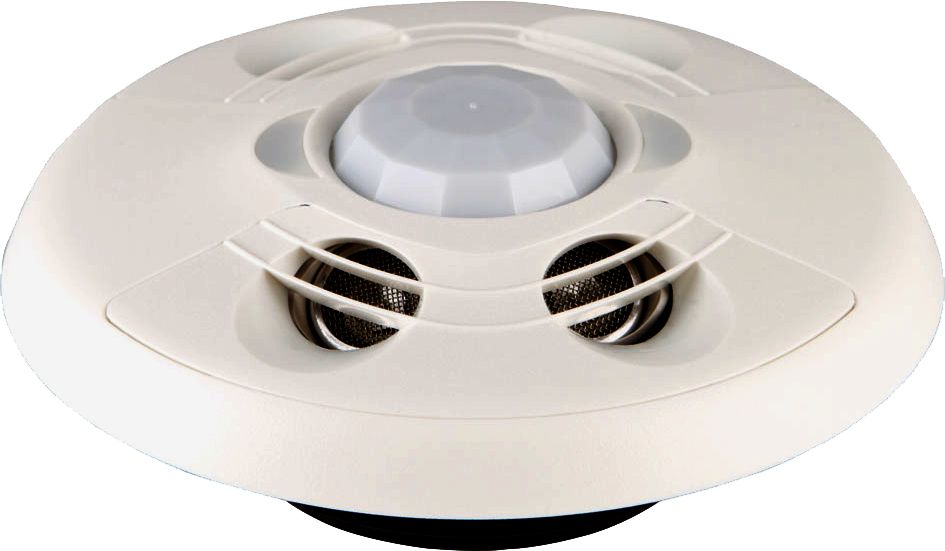n
anonymousdoortablet/dthelp.nsfsensors
Protected content
| 259pages | Our help system contains many pages and videos for you to consume. This includes the complete information on how Door Tablet works, all its features and options, and of course the many benefits for your business. Door Tablet School offers many videos too. |
|
 |
| 
Click on images to see them in full screen
E620AB4F90F38835802580760042C8ECIntroduction
Door Tablet offers motion sensors, health monitors and external LEDs. These devices are installed inside meeting spaces and communicate with the tablets outside of them.
The main purpose of the air monitors are:
- Provide Internal Air Quality
- Monitor CO2 Levels
- Report on issues and alert
The main purposes of Motion Sensors are:
- Show space status on both single and wayfinding displays
- Automatically check-in to meetings
- Terminate meetings in unoccupied meeting spaces
The main purpose of Remote LEDs are:
- Add more visual to status of a space using LED lights, typically outside meeting rooms
VIDEO: Sensor and LED controller
The Door Tablet devices are easy to configure and install. The following steps are required:
- Prepare your devices or relay by first attaching the Device Hub to your PC using a USB cable
- Install the Device Hub and provide it with power and network connection
- Configure devices and note connection information
- Install the devices in the ceiling or walls of meeting spaces and communal areas
- Test connection to the Device Hub from Door Tablet end-points outside the meeting spaces, or on wayfinders
- Configure Door Tablet Admin UI to indicate that devices or controls are used, and how you wish the system to react to motion and alert on Air quality/CO2
- If you are using a relay to control a door, you will need to set that up to
 Once you inserted a device hub IP to a room record you must Distribute your licences again.
Sensors connected to network electronics in a protective case.
Once you inserted a device hub IP to a room record you must Distribute your licences again.
Sensors connected to network electronics in a protective case.

CO2 sensor

Climate sensor
 Relays
Door Tablet can open doors without the need to use Access Control. Door operation are triggered in a number of use case, such as check-in, admin open, reservation and so on. The image below show a relay that connects to the Device Hub, and acts as a switch to a maglock.
Relays
Door Tablet can open doors without the need to use Access Control. Door operation are triggered in a number of use case, such as check-in, admin open, reservation and so on. The image below show a relay that connects to the Device Hub, and acts as a switch to a maglock.
 Crestron Sensors
From V10.0.10 onwards, Door Tablet integrates with Crestron Occupancy sensors connected using PoE
Crestron Sensors
From V10.0.10 onwards, Door Tablet integrates with Crestron Occupancy sensors connected using PoE

Sensor Configuration Types
The Door Tablet sensors come in four forms. In all cases the sensors are connected to your internal ethernet network.
- PoE powered and networked
- Ethernet with local, in ceiling, USB power source
- Wi-Fi with local, in ceiling, USB power source
- USB only connection for Windows based end-point devices such as Door Tablet WM, Door Tablet MM and Intel UNITE hub. See here

Note: The Crestron motion sensor connects to Crestron displays only. Read more here  How Door Tablet connects to devices
Our devices, monitors or relay connect using IP protocols and are connected directly on your network. They appear as hosts on your LAN and do not require a room controller. When placing devices on your network you assign them a fixed IP address from your internal pool. Your network administrator should provide you with a range of IP addresses you should use when configuring devices. You then assign a sensor or relay per room using the Door Tablet Web UI. The Door Tablet Apps will communicate with the device hub. The Door Tablet server does not participate in the dialogue between Door Tablet and Device Hubs. The data stored in the Door Tablet configuration database is used by the Apps to determine which device to connect to and what to do with sensing or control events. To make testing and deployment easier, device hub addresses may be overwritten on the tablet App, while the behaviour is always governed by the Door Tablet server data.
For information on devices hardware click here
How Door Tablet connects to devices
Our devices, monitors or relay connect using IP protocols and are connected directly on your network. They appear as hosts on your LAN and do not require a room controller. When placing devices on your network you assign them a fixed IP address from your internal pool. Your network administrator should provide you with a range of IP addresses you should use when configuring devices. You then assign a sensor or relay per room using the Door Tablet Web UI. The Door Tablet Apps will communicate with the device hub. The Door Tablet server does not participate in the dialogue between Door Tablet and Device Hubs. The data stored in the Door Tablet configuration database is used by the Apps to determine which device to connect to and what to do with sensing or control events. To make testing and deployment easier, device hub addresses may be overwritten on the tablet App, while the behaviour is always governed by the Door Tablet server data.
For information on devices hardware click here  Licensing
You are required to perform licensing action relating to devices. If you wish to use devices with Door Tablet these must be purchased from us and tested by us before you can deploy these.
Licensing
You are required to perform licensing action relating to devices. If you wish to use devices with Door Tablet these must be purchased from us and tested by us before you can deploy these.